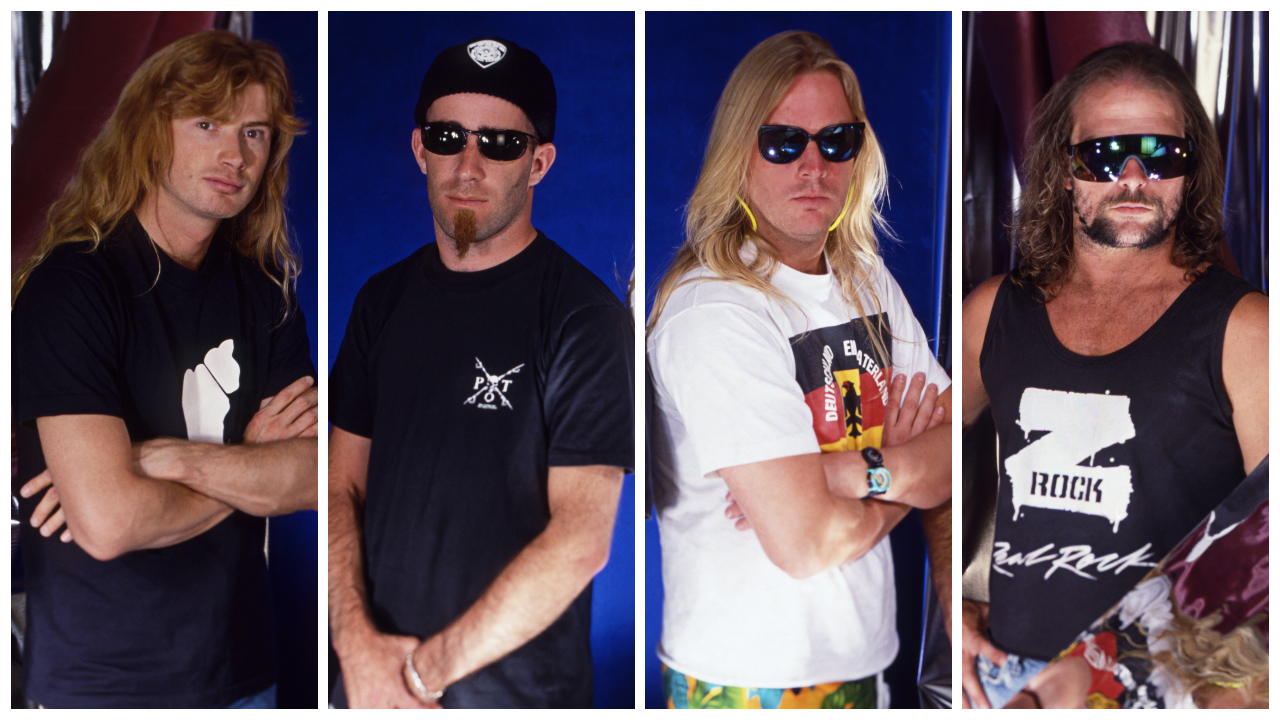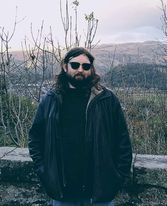By the end of the 1980s, four bands had emerged as kings of the burgeoning thrash metal scene: Metallica, Slayer, Megadeth and Anthrax.
Though not yet the ‘Big 4’, they’d each released landmark albums and were heralded as indicators of the genre’s enormous potential. But Metallica were quickly pulling ahead, as 1989’s ...And Justice For All had broken the Top 10 on the US Billboard 200.
“Metallica were in a league of their own – they didn’t need anything from anybody. They chose their own path; I think it was like, ‘We’ve done all that [thrash] stuff’, and so they aimed higher,” says Slayer guitarist Kerry King.
Their peers weren’t about to miss their own shot at the big time, however. A plan was hatched: to bring Slayer and Megadeth together for a tour that would see them reach the arena-headlining level of Metallica.
Package tours weren’t new. A decade earlier, the Metal For Muthas tour – Motorhead, Samson and Saxon each playing on different dates, supported by a range of young bands – had helped popularise NWOBHM, thrash’s direct progenitor. But Clash Of The Titans was something different: a coalition of greats who could achieve more together than alone. This is the story of how Clash Of The Titans revolutionised touring, took thrash into the big leagues and cemented the concept of the Big 4.

It began in Europe. Co-headlined by Slayer and Megadeth, the bill was designed to cross the enormous gap between the venues they had been headlining (2-5,000 capacity) to full arenas (average capacity: 16,000). There were logistical challenges: getting two of thrash’s biggest names together came with the mammoth task of ironing out every detail to ensure both bands were equally represented on the bill. The clash had begun...
John Jackson (Founder of K2 Agency): “We already had a tour approved by Slayer’s manager, Rick Sales. Megadeth were also looking to tour around the same time, so I thought, ‘Wouldn’t it be brilliant if we could put them together?’ On the face of it, it wasn’t necessarily a slam dunk, but that was one of the reasons we had pulled it together – we felt together those bands could do better than either would on their own.”
David Ellefson (Megadeth): “The thinking was, if we could combine forces, Megadeth and Slayer – later Anthrax too – we figured we could achieve the same level of success as a band like Metallica. We’d already worked together a few times by that point anyway – Kerry was even in Megadeth at the start.”
Kerry King (Slayer): “[Playing with Megadeth] was killer! The only reason I considered it is because I was such a big Mustaine fan – I saw him play with Metallica when they were still a southern California band. It blew me away that he’d be up there ripping on guitar, not even looking at what he was doing. I played the first five shows and it was a good time; I was just honoured that he wanted me to help him out.”
John Jackson: “We settled on the name Clash Of The Titans because a) it’s a great name, and b) it says exactly what it is!”
David Ellefson: “It’d be a team effort where we’d have to put our egos aside. That was probably the biggest clash of the titans – not with the outside world, but internally! Who closes the show, who gets the right set time... these were discussions that turned into finer negotiations behind the scenes. In Europe, the line-up was fixed: Slayer would close and Megadeth were in third position, which I always maintain is the best position as the fans still have loads of energy and the beer’s still working!”
Kerry King: “I would always rather close. I don’t care who plays before us, we’re gonna smoke ’em.”

Clash Of The Titans kicked off in Belgium on September 22, 1990. It soon became the hottest ticket going, and city after city sold out as the tour rampaged through Switzerland, Italy, Spain, the Netherlands, France, Germany, Sweden, Denmark and the UK. The bill was rounded out by the addition of Bay Area contemporaries Testament and Suicidal Tendencies – the LA crossover thrashers who represented a new breed of thrash. This was the genre’s commercial and critical peak, and each band had just released – or were on the verge of releasing – game-changing records.
David Ellefson: “Slayer were just about to drop Seasons In The Abyss and we were working up to Rust In Peace. The tour took us into arenas, so it was big news, you know? Testament had got Souls Of Black coming around that time too, so it was a really special time for heavy metal.”
Kerry King: “That kind of thing never happens for a two-band bill let alone four. Bands with big albums just don’t tour together and here we were with four bands with huge albums. I mean, Suicidal were coming off of Lights, Camera... what a great album!”
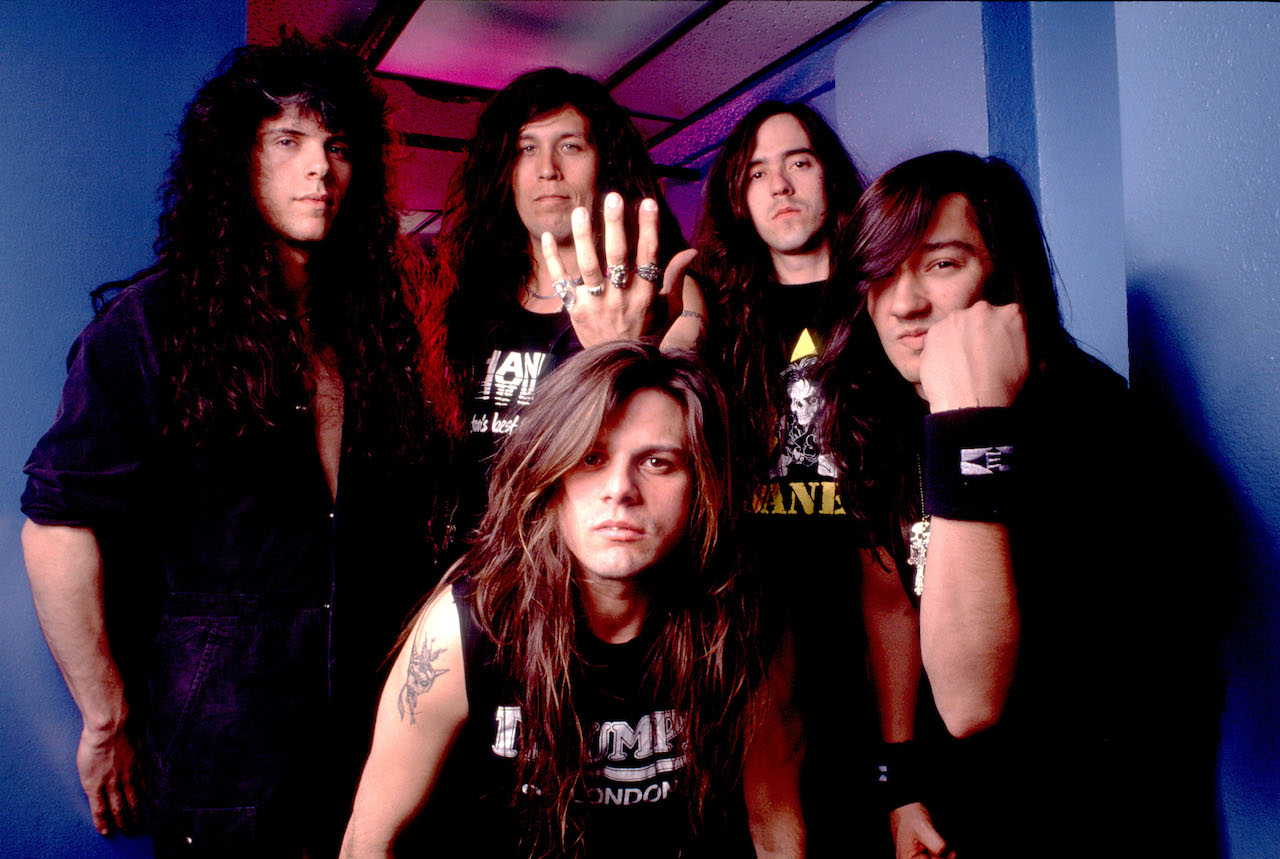
Chuck Billy (Testament): “Clash Of The Titans was a big opportunity – it was a chance to play some real shows in places we’d otherwise only visit for festivals. We’d never even played shows indoors at some of these places! Soon we realised that shit, there was a caveat that we needed a new record out to get on the tour. Cool – let’s go to the studio and drink some beers and play some songs!”
David Ellefson: “Dave [Mustaine] and I saw Megadeth as an arena band right from the off – you have to remember it was a conception before it was a reality. I remember sitting in the apartment in Sycamore Avenue [in Hollywood] discussing everything, down to our names – how do you have a band with two Daves in it? It was all about the vision of what we could be and the band formed to fill that vision.”
Chuck Billy: “That tour launched us as a headliner in Europe. We’d been working hard on our music for four years and really wanted to prove that we belonged there. The other guys were so cool and down to earth, so we could all just go out and put on a great performance.”

The tour wasn’t without hitches, however. At the time, we asked Suicidal Tendencies frontman Mike Muir how it was going. “We haven’t had any problems with Slayer, they’re really cool. The same applies to the crew,” he said. And Megadeth? “We don’t see them and I’m very pleased about that”, he replied. Additionally, the Megadeth Daves were freshly on the wagon after battling addictions.
Chuck Billy: “A couple years before, we’d toured with Megadeth and Dave [Mustaine] was smoking, drinking and everything, which meant the guy we toured with a couple years later was a completely different person, telling us not to smoke in the building! We were young, like, ‘That’s your problem not ours’, but it must’ve been tough being on their own. We were too immature to realise what was at stake.”
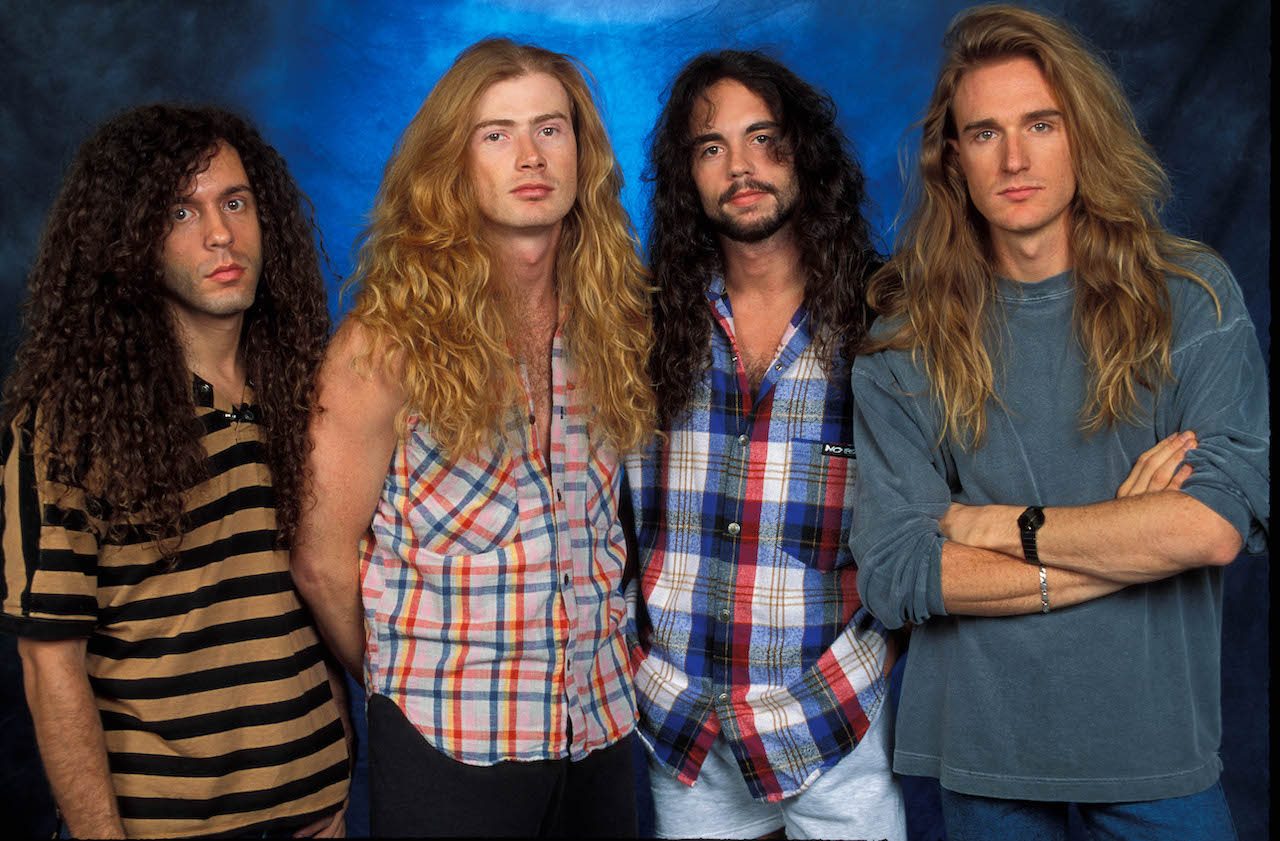
Kerry King: “It’s difficult sometimes to sift through the years because me and Dave [Mustaine] can be on edge for decades at a time, but then completely cool with each other for decades too. Mustaine and I were on the rocks at that point, but we made it work. It’s funny – when we did The Big 4 shows together later he took me aside and said, ‘You know, you and me are the only guys who have played in two of the Big 4!’ But back around Clash we were all peaking, but we also had a chip on our shoulders about proving ourselves and that made every show special for fans.”
David Ellefson: “Because we were clean, we couldn’t go hang out where the parties were. Ron Laffitte was a terrific manager for us in that regard. His icon was Pat Riley of the Lakers, so he was all about team and focusing on how you could channel all this talent so we’d be marching in the same direction. He pulled us together, got us sobered up and made sure we’d have band meetings, sobriety meetings... everything to keep going the right way and harness the greatness that was developing in the band at the time.”
Chuck Billy: “There was definitely some butting of heads – between Kerry and Dave Mustaine, myself and Dave Mustaine... Dave Mustaine and Dave Mustaine... ha ha! In the end we all worked through it.”

Interpersonal conflict or no, ‘greatness’ was certainly attained. Clash Of The Titans’ initial run ended with an enormous show at Wembley Arena on October 14, 1990 – Slayer would use footage from it for their War Ensemble video. The bands couldn’t rest on their laurels though, and it wasn’t long before a sequel took shape. Anthrax were added as a third headliner and the bands agreed to rotate positions on the bill each night. The opening spot was filled by a wild card: Alice In Chains.
Scott Ian (Anthrax): “Our record had just gone Gold in the States and we were sat in a dressing room playing alongside our heroes, Iron Maiden. But here was an offer to come out and do those same venues just a few months later. Our reaction was, ‘Why do we need this? We can do it ourselves’, so we initially said no. By the time we got offstage that night there was another fax and this one was loooong, explaining all the reasons it made sense for us to do it!”
David Ellefson: “God bless Alice In Chains, they were definitely the odd band out on the bill. [While touring Europe in early 1991] we were at the Volkshaus, Zürich to see The Almighty and Marty [Friedman, guitarist] and I saw Alice In Chains’ name on the day schedule, like, ‘How goofy are these guys?’ figuring they were some local band. All four of us [in Megadeth] decided to go up and see them play, and we were blown away. We phoned Ron and told him this was the band we had to take out with us for the tour.”
Kerry King: “At first I fucking hated it! They were the Man In The Box band and I never needed to hear that song again. It was all I knew because that’s all MTV played. But we’d watch them, hang out and watch the [other bands’] sets. Layne [Staley] was probably the best singer of our generation – a superstar with pipes like nobody you’d ever seen before.”
David Ellefson: “If there’s one thing we know about thrash metal fans it’s if you’re not thrash, YOU’RE OUT! At the same time, after Clash AIC went out to play with Van Halen and became superstars, so that’s their story! I always commend them on their work ethic, for jumping in the trenches and taking their bullets but still going on.”

The US leg began in Dallas on May 16, 1991. On June 28, an MTV Headbanger’s Ball special was set up to celebrate the arrival of metal’s newest stars when they played New York’s Madison Square Garden. It was a watershed moment for thrash in the US, laced with a sense of anarchy; some of the crowd’s 19,000 fans got unruly and began throwing things towards the stage – as a pissed-off Tom Araya would recount to MTV’s cameras after the band’s set. It even gave hometown heroes Anthrax pause, as they worried about how the crowd would react to a special surprise they had planned for their headline set.
Scott Ian: “We brought out Chuck D and [Flavor] Flav [of Public Enemy] to do Bring The Noise. It was so crazy, because we had no idea how the crowd on that tour was going to react. A fuckin’ Slayer crowd! There was worry as to whether people were going to dig it or scream, ‘Fuck you, don’t mix your rap with our metal!’ But the moment Chuck and Flavor stepped out onto that stage, there was an energy I’d never felt until that point; it was fucking insane!”
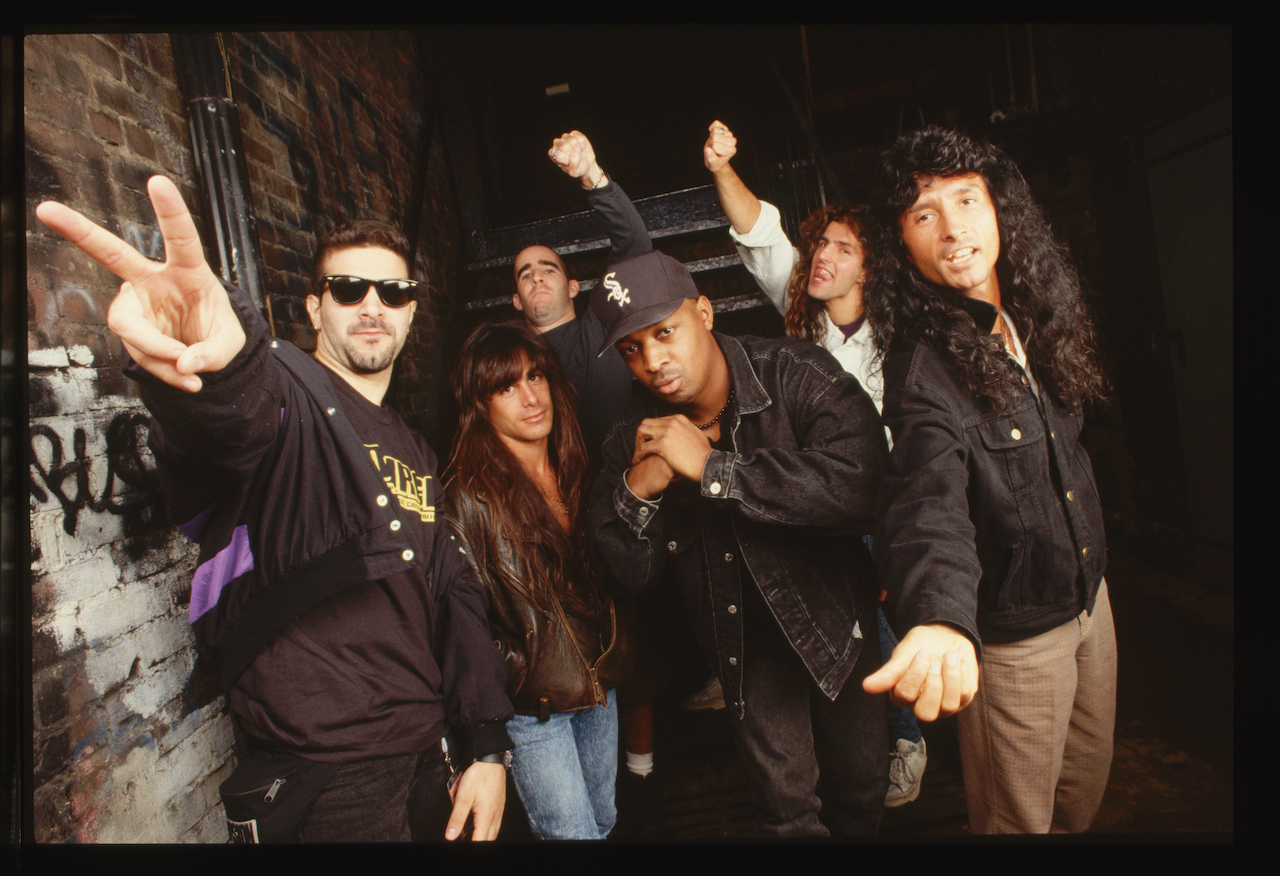
David Ellefson: “It was Anthrax’s hometown and I felt very proud for them as it was their day. Playing Madison Square Garden is huge and a lot of those amphitheatres were great. We did this thing with Riki Rachtman of Headbanger’s Ball. We were MTV darlings, all because we were a thrash band, not a hair metal band. By that point hair metal was moving out, so bands like Metallica and Queensryche were holding the top spots. We could see Seattle coming up behind us. It was a world in transition, for sure.”
Scott Ian: “Some of these places had never done shows without seats on the floor – Madison Square Garden was a big one for that. Straight away I could see that being a big problem, because promoters and venues didn’t know about mosh pits yet. About half the venues didn’t want to remove their seating. They had this attitude of, ‘We’ve been doing shows for 40 years, don’t tell us how to do our job’, only to see 10,000 seats get destroyed in one show. After that tour, all venues would do festival seating for metal shows.”

Much of the interpersonal drama that had popped up in the press during the European run had fizzled out, and the bands were having a good time. They were young and conquering arenas, in what David Ellefson refers to as “the summer of heavy metal love”.
David Ellefson: “There was actually a little feud starting between Megadeth and Slayer at the time, especially because our lifestyles had become very different. I think that’s how the food fight started – a flick of bread suddenly turned into a whole turkey flying across the room. Fuckin’ Anthrax always had the best catering. A full Thanksgiving turkey spread, and we’re there asking for raisins as a treat! Ha ha ha!”
Scott Ian: “We all had the same rider! As for the food fight... I don’t think it’s true! I think Tom [Araya] was fucking around, but Charlie [Benante] did end up with fish on his shoulder. I remember something like Tom shouting ‘SWORDFISH AGAIN’ and flinging his plate over his shoulder, and the fish flew and landed squarely on Charlie’s shoulder. Nobody was upset, though – we laughed so hard.”
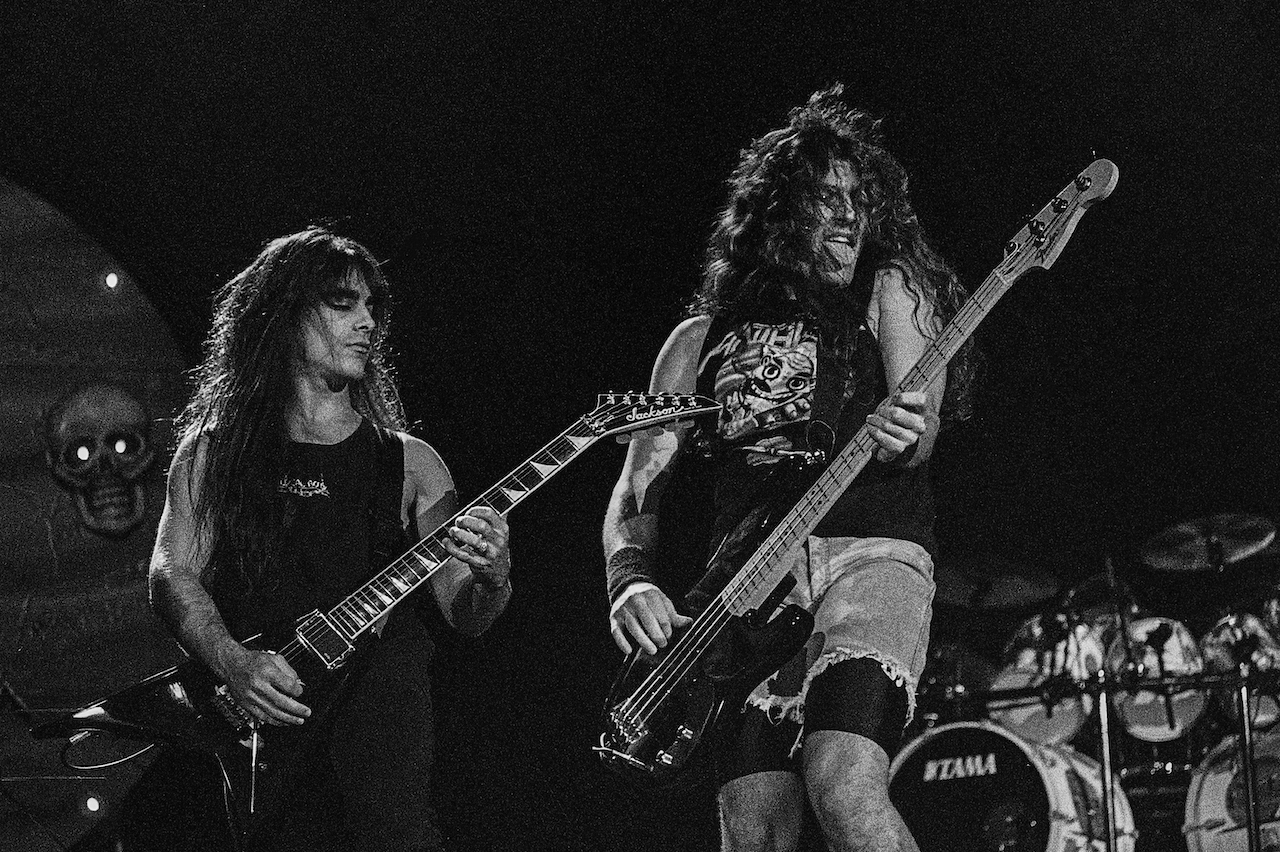
Kerry King: “[My favourite thing was] probably getting the groups together – it’s not easy co-ordinating with other bands, especially ones with any kind of fame or career. Being able to do that any time is great – it felt great to all come together and show everybody that thrash is rad.”
David Ellefson: “It was the summer of heavy metal love. There were people throwing beer, chicks pulling their shirts up... all the rock’n’roll cliches you’d never usually get at a thrash show. I remember having a great conversation with [Slayer guitarist] Jeff Hanneman in a hotel bar. He was there having a few beers and we chatted for ages. That was my real takeaway fond memory of Jeff; despite these hellish songs he could write, he was a kind, sweet guy and I had great admiration for his integrity. There he was, kicking back alone and just making his own entertainment.”
Scott Ian: “Jeff and Kerry managed to get paintball guns, so their crew guys got paintball guns too. They thought it was hilarious to shoot at us by bursting out of a room as we were walking down a hallway. We all went out to buy paintball guns, and so it’d turn into a daily war where we’d be blasting each other. At a Hilton in Indiana, somebody’s room opened up onto the roof, so we made the adult decision to go out and shoot the giant, giant Hilton sign outside the hotel until it was repainted in 40 different colours! There was a $10,000 cleaning cost! Luckily, we all pitched in to cover it.”

The Stateside dates of Clash Of The Titans did more for Slayer, Megadeth and Anthrax than make them into rock stars. It was an apotheosis that led to the idea of the Big 4. When someone asks, ‘Why aren’t ‘x’ in the Big 4?’ the answer is simple: who else has played a tour so important to the metal landscape – a tour that changed the model for bands and made the mainstream take notice?
John Jackson: “Clash Of The Titans helped set us up for future package tours too, not least the Unholy Alliance runs Slayer did [first with Slipknot/ Mastodon/Hatebreed in 2004, then Lamb Of God/Children Of Bodom/ Mastodon/Thine Eyes Bleed in 2006 and finally Trivium/Mastodon/Amon Amarth in 2008].”
Kerry King: “Each of those tours was just us moving forwards – even when moving forwards wasn’t going to be a thing for us anymore. But the end of the 80s was thrash’s peak, because afterwards grunge came in and kicked the shit out of everything. Music changed and we basically had to wait before we could really become big again around God Hates Us All.”
Scott Ian: “I don’t remember people calling us the Big 4 at that point –I don’t think it was used yet. Metallica were a giant band in their own right, so it makes sense that this term to describe us would originate from this giant, sold-out tour of the States.”
David Ellefson: “It’s kinda rumoured that [music journalist and late Hammer scribe] Malcolm Dome came up with the idea of the Big 4. I don’t know if even he knows for sure, but it definitely started to be talked about after the Clash Of The Titans. It’s a pretty special thing that we started it and lived to tell the tale.”
Published in Metal Hammer #349.
